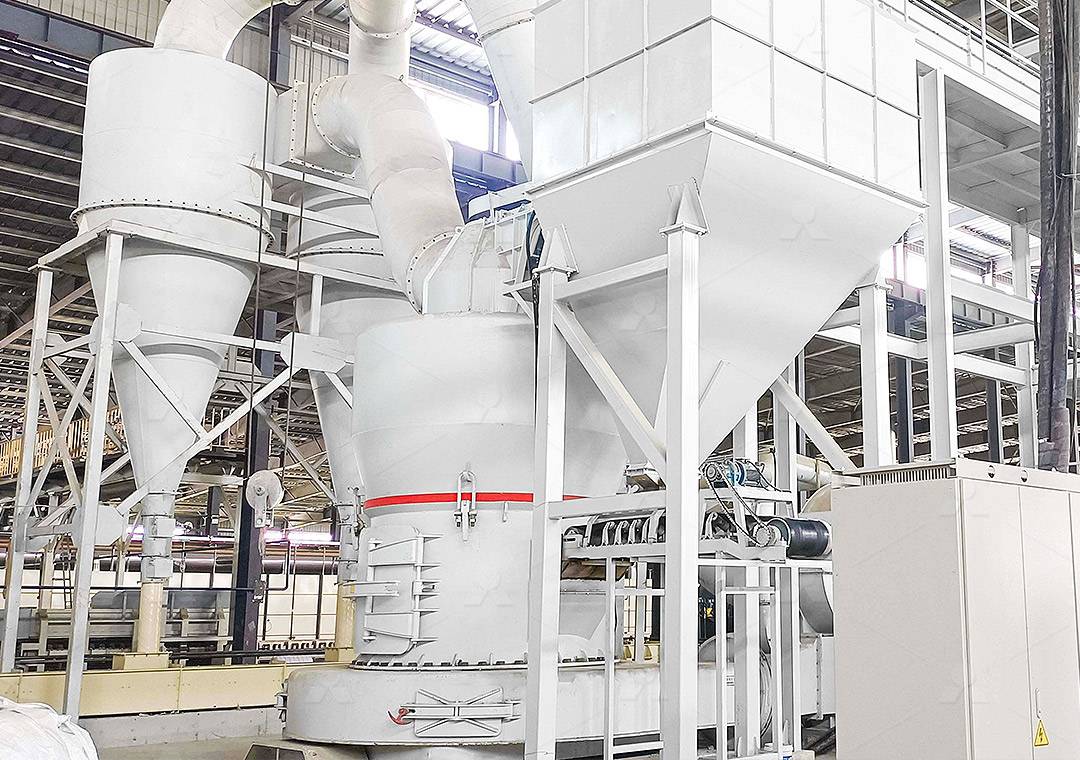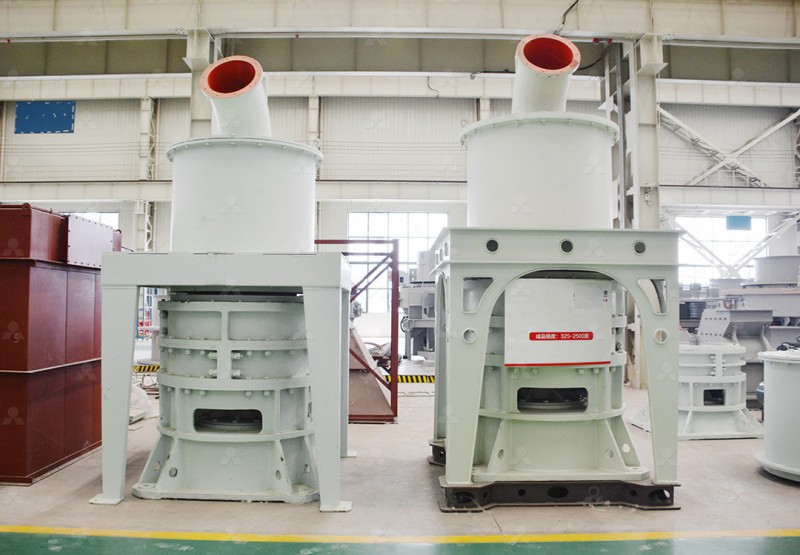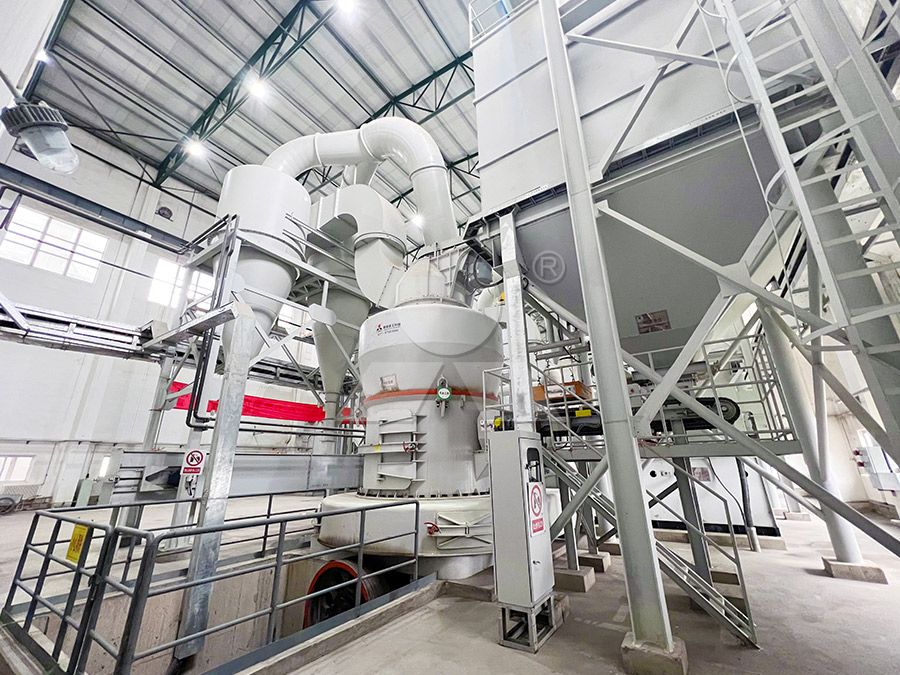Limestone Grinding Mill: A Complete Guide for Efficient Powder Production
Limestone Grinding Mill: A Complete Guide for Efficient Powder Production
Limestone powder production represents a cornerstone of numerous industrial processes, from construction materials to chemical manufacturing. Selecting the appropriate grinding equipment is paramount to achieving optimal efficiency, product quality, and operational economy. This guide delves into the critical aspects of limestone grinding, helping you navigate the technological landscape to maximize your powder production outcomes.
Understanding Limestone Grinding Requirements
The journey from raw limestone chunks to fine powder hinges on the grinding mill’s ability to reduce particle size consistently and efficiently. Key parameters include the feed size (typically 0-50mm for most industrial applications), desired output fineness (ranging from coarse 100-mesh to ultra-fine 2500-mesh), and required production capacity. The chemical composition and moisture content of the limestone also significantly influence mill selection and configuration.

Modern grinding systems integrate multiple functions—crushing, drying, grinding, classifying, and conveying—into streamlined processes that minimize energy consumption and footprint. The evolution from traditional ball mills to advanced vertical roller mills and ultra-fine grinding systems has revolutionized powder production, offering substantial gains in efficiency and product quality.
Key Considerations for Mill Selection
When evaluating grinding mills for limestone processing, several factors demand careful consideration. Energy consumption per ton of product often represents the most significant operational expense, making mill efficiency a primary concern. Maintenance requirements, wear part longevity, and environmental compliance (particularly regarding dust and noise emissions) further complicate the selection process.
The fineness adjustment range proves critical for operations serving multiple markets or producing specialized products. Similarly, the system’s adaptability to varying raw material characteristics ensures consistent performance despite natural fluctuations in quarry output. Advanced control systems that enable precise parameter adjustments and remote monitoring have become increasingly valuable in optimizing day-to-day operations.
Advanced Grinding Solutions
For operations requiring ultra-fine limestone powders with exceptional consistency, the MW Ultrafine Grinding Mill represents a technological leap forward. Engineered for customers who need to produce powders between 325-2500 meshes, this system combines German powder separation technology with innovative grinding chamber design.

The MW series eliminates rolling bearings and screws within the grinding chamber, virtually eliminating concerns about bearing damage or loose fasteners causing operational failures. With an external lubrication system that permits maintenance without shutdown, this mill can operate continuously for 24 hours, achieving production capacities of 0.5-25 tph while consuming approximately 30% less energy than comparable jet mills.
Another exceptional option for high-volume operations is the LUM Ultrafine Vertical Grinding Mill, which integrates ultrafine powder grinding, grading, and transporting in a single compact unit. Its unique roller shell and lining plate grinding curve generates material layers more effectively, enabling high finished product rates through single-pass milling. The LUM mill’s reversible structure simplifies maintenance, allowing grinding rollers to be easily moved out of the body for inspection and part replacement.
Operational Excellence and Environmental Compliance
Contemporary grinding operations must balance production efficiency with environmental responsibility. Modern mills address this challenge through integrated pulse dust collectors that effectively contain particulate matter, and advanced muffler systems that reduce operational noise to compliant levels. The MW Ultrafine Grinding Mill, for instance, operates entirely according to national environmental protection standards, featuring efficient dust removal that generates no pollution during operation.

Digitalization has further enhanced grinding mill precision and reliability. Numerical control machining of core components ensures exceptional dimensional accuracy, while PLC-based control systems enable precise management of grinding pressure, rotational speed, and other critical parameters. These advancements contribute to more stable operation, consistent product quality, and reduced energy consumption.
Frequently Asked Questions
What fineness range can be achieved with modern limestone grinding mills?
Advanced systems like the MW Ultrafine Grinding Mill can produce powders ranging from 325 to 2500 meshes, with screening rates achieving d97≤5μm in a single pass. The exact fineness can be precisely adjusted based on product requirements.
How does the energy consumption of newer grinding mills compare to traditional systems?
Modern vertical roller mills and ultra-fine grinding systems typically reduce energy consumption by 30-50% compared to traditional ball mills or jet mills, while simultaneously increasing production capacity by up to 40%.
What maintenance advantages do contemporary grinding mills offer?
Innovations like the MW series’ bearing-free grinding chamber and the LUM mill’s reversible structure significantly reduce maintenance requirements. External lubrication systems enable maintenance without shutdown, while digital monitoring allows proactive identification of potential issues.
How do modern mills address environmental concerns?
Integrated pulse dust collectors, silencers, and negative-pressure operation ensure dust and noise emissions remain well within regulatory limits. The completely sealed systems prevent material leakage while efficient designs minimize energy consumption.
What production capacities are available for limestone grinding operations?
Depending on the specific mill selected, capacities range from 0.5 tph for specialized ultra-fine applications to over 300 tph for large-scale industrial operations, with appropriate systems available for virtually any production requirement.
